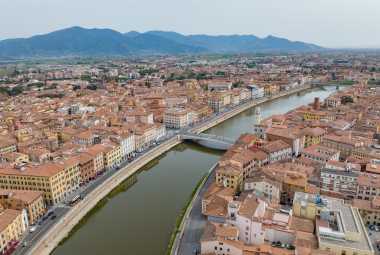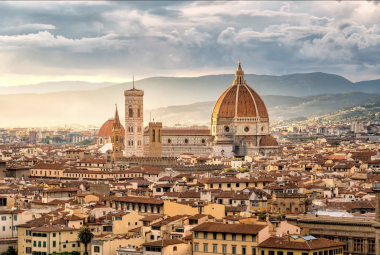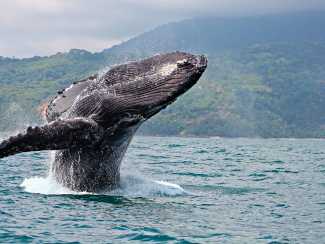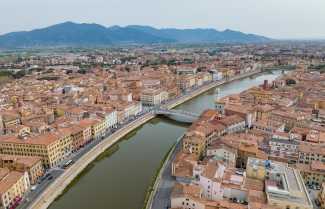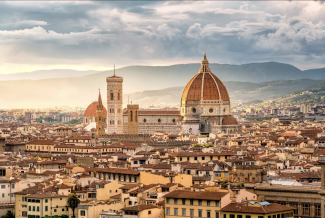Image by internationalinsurance.com
*Vacation Mode is a for-profit site. It contains paid banner advertisements that are generated and managed by a third-party network. This site also includes relevant affiliate links (both in the content and on the sidebar) all of which we do our best to clearly mark as such.
Welcome to an in-depth comparison of two fascinating countries: the Philippines and Mexico. In this comprehensive analysis, we will delve into the geographical and historical contexts of both nations, exploring their location, size, colonial history, and paths to independence. We will also examine the cultural similarities and differences, encompassing language, ethnic diversity, religion, beliefs, cuisine, and traditions. We will conduct an economic comparison, delving into GDP, economic growth, major industries, exports, income inequality, and poverty rates. We will explore the tourism and attractions of both countries, highlighting popular tourist spots and assessing the impact of the tourism industry. By the end of this article, you will have a well-rounded understanding of these two remarkable nations, empowering you to make an informed decision on which country to visit. So, let's embark on this fascinating journey of discovery and comparison between the Philippines and Mexico.
Key Takeaways:
- The Philippines and Mexico have a rich colonial history, with both countries gaining independence from Spanish rule in the 19th century.
- Both countries have diverse cultures, with a mix of indigenous and Spanish influences, but the Philippines has a larger ethnic and linguistic diversity.
- While Mexico has a larger economy and higher GDP, the Philippines has a growing tourism industry and unique attractions like its beaches and historical sites.
Geographical and Historical Context
The geographical and historical context of Mexico and the Philippines spans centuries, shaping the distinct identities and narratives of these nations.
Mexico, located in North America, has a rich history dating back to ancient civilizations such as the Aztecs and Maya. The arrival of the Spanish conquistadors in the 16th century led to a period of colonization, with the establishment of the Viceroyalty of New Spain encompassing present-day Mexico. This era witnessed significant cultural and societal transformations, blending indigenous traditions with Spanish influence.
Similarly, the Philippines, an archipelago in Southeast Asia, was also colonized by the Spanish in the 16th century. The arrival of Miguel Lopez de Legazpi marked the beginning of Spanish rule, leading to the integration of Spanish traditions and Christianity into Filipino society. The Philippines became a vital trading hub in the Spanish empire, with Manila serving as an important center of commerce and governance.
Philippines And Mexico - Similar or Different
Video by Divert Living
Location and Size
The geographical location and size of Mexico and the Philippines play pivotal roles in understanding their placement within the broader regional and global contexts, with Mexico positioned in North America and the Philippines nestled in the heart of Asia.
Geographically, Mexico is located in the southern part of North America, sharing its borders with the United States to the north and Guatemala and Belize to the south. The country covers an area of approximately 1.97 million square kilometers, making it the 13th largest nation in the world.
On the other hand, the Philippines is an archipelago consisting of over 7,000 islands, situated in Southeast Asia. Its total land area is around 300,000 square kilometers, and it is strategically positioned in the western Pacific Ocean.
Colonial History
The colonial history of Mexico and the Philippines intertwines through the legacies of the Manila–Acapulco Galleon Trade Route, marking an era of cultural exchange and economic ties that endured beyond their respective pursuits of independence.
The trade route, inaugurated in 1565 and lasting for over 250 years, connected the port cities of Acapulco in Mexico and Manila in the Philippines, fostering a profound interchange of goods, ideas, and cultures. This historic interaction significantly influenced the development of both regions, with Mexican silver flowing to the Philippines and Asian goods flowing into Mexico. This exchange not only facilitated economic prosperity but also facilitated the transmission of knowledge, technology, and cultural practices, contributing to the rich tapestry of both societies.
The encounter between the two regions also had a lasting impact on the global economy, as it created a vital link between the East and the West, laying the foundation for the interconnected global trade networks we see today.
Independence and Modern History
The paths to independence and modern histories of Mexico and the Philippines reflect the resilience of their people, marked by pivotal moments of liberation, shifts in governance, and a continuum of high-level visits and bilateral agreements that contribute to their contemporary narratives.
For Mexico, the journey towards independence from Spanish colonial rule in the early 19th century involved the fortitude and determination of figures such as Miguel Hidalgo and Jose Maria Morelos. The following years witnessed various political upheavals, shaping the nation's governance structure and social fabric. Similarly, the Philippines experienced a protracted struggle against Spanish rule, culminating in the Philippine Revolution and the declaration of independence in 1898. Click here to learn more about the relationship between the Philippines and Mexico.
More recent history has seen both countries navigating complex geopolitical scenarios, striving for economic progress, and dealing with domestic challenges. High-level visits and diplomatic engagements have played significant roles in fostering relationships and forging bilateral agreements, enriching the contemporary narratives of Mexico and the Philippines.
Cultural Similarities and Differences
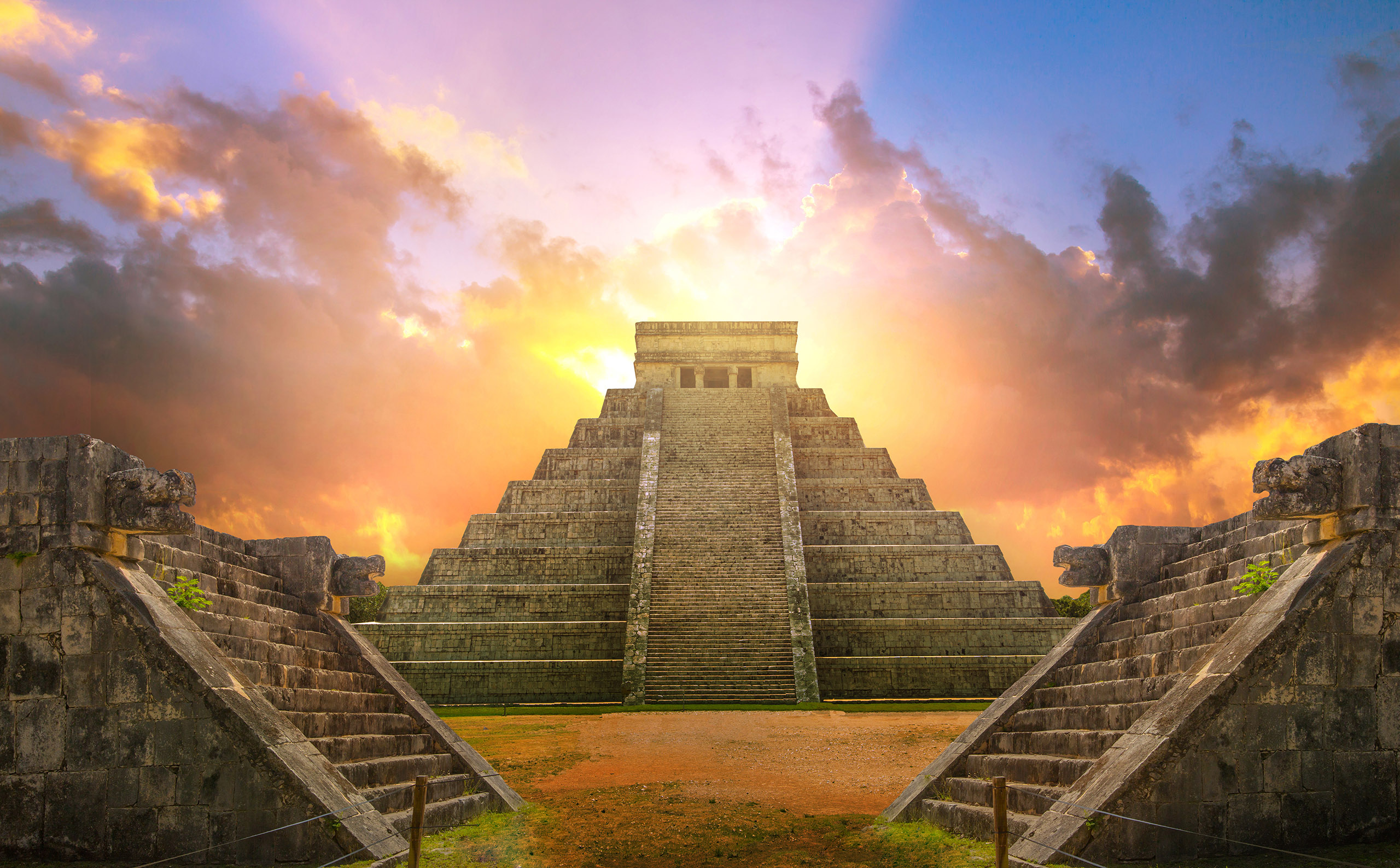
The cultural tapestries of Mexico and the Philippines are rich and diverse, weaving together a vibrant array of languages, ethnicities, religious practices, culinary delights, and traditional customs that reflect the essence of their societies.
Both countries boast a remarkable linguistic diversity, with Mexico being home to over 68 indigenous languages and the Philippines hosting more than 170 languages and dialects. Despite their linguistic variations, Spanish has left an indelible mark on Mexico's vocabulary, while Tagalog serves as the base for the national language of the Philippines.
In terms of religion, the predominant influence of Catholicism is evident in Mexico, a legacy of Spanish colonization, while the Philippines showcases a similar fervor for Catholicism introduced by the Spanish missionaries.
Delving into their culinary heritage, savory delights like tacos, tamales, and mole define Mexican cuisine, whereas the Philippines boasts an array of delectable dishes such as adobo, sinigang,, and lechon. The integration of native ingredients and Spanish influences has given their cuisines distinctive flavors.
The two nations exhibit a rich tapestry of traditional customs, with Mexico celebrating colorful festivals like Día de los Muertos and Cinco de Mayo, while the Philippines embraces traditions such as Sinulog and Ati-Atihan, reflecting their shared emphasis on community, faith, and heritage.
Language and Ethnic Diversity
The linguistic diversity and ethnic tapestries of Mexico and the Philippines encompass a multitude of languages, with Spanish, Tagalog, and English serving as prominent threads that weave through their cultural fabrics, reflecting their engagements within the Asia-Pacific Economic Cooperation and their global connections.
These languages have deeply influenced the societies of Mexico and the Philippines, shaping their heritage and communication. Notably, Spanish, a colonial legacy, has left an indelible mark on the cultures, reflected in the architecture, cuisine, and religious practices.
In the Philippines, Tagalog, as the national language, embodies the spirit of unity and identity, while English has permeated various aspects of modern life, being widely spoken and used in education, media, and business, testament to historical American influence.
Religion and Beliefs
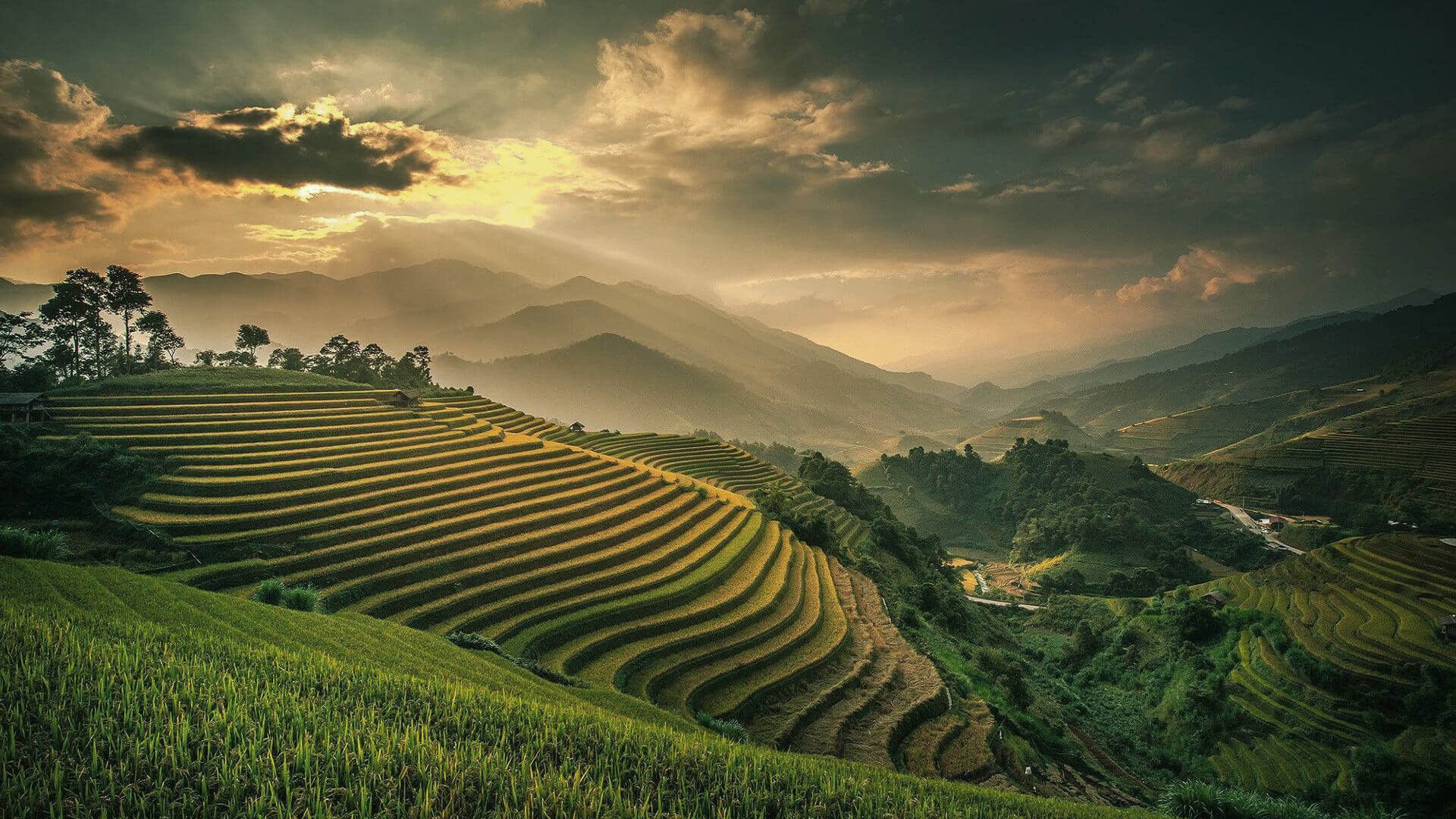
Religions and beliefs hold a profound influence on the societal fabric of Mexico and the Philippines, with diverse religious practices and affiliations fostering a tapestry of faith that has garnered recognition through a fruitful partnership with UNESCO.
In Mexico, the dominant religion is Catholicism, brought by Spanish conquistadors, intertwining with indigenous spiritual traditions, creating a unique syncretic blend. The Philippines, on the other hand, displays a rich amalgamation of Christianity, Islam, and traditional indigenous beliefs, shaping the cultural ethos. These religious affiliations deeply permeate societal values, influencing family structures, holidays, and even political discourse, revealing the enduring impact of spirituality on the daily lives of the people.
Cuisine and Traditions
The culinary delights and time-honored traditions of Mexico and the Philippines encapsulate a tapestry of flavors and customs, intertwining legacies that have earned recognition through UNESCO and harken back to the influences of the Viceroyalty New Spain.
Both Mexico and the Philippines boast vibrant and diverse culinary landscapes deeply rooted in their cultural and historical backgrounds. Mexico's cuisine, known for its rich and complex flavors, reflects a blend of indigenous Mesoamerican and Spanish influences, with staples like corn, beans, and chili peppers forming the foundation of many iconic dishes.
In contrast, the Philippines offers a fusion of traditional Malay, Chinese, Spanish, and American flavors, showcasing a diverse range of dishes that represent the country's multicultural heritage. The historical connections to the Viceroyalty New Spain have left a lasting imprint on both countries' culinary traditions, uniting them in a shared legacy of culinary innovation and cultural exchange.
Economic Comparison
The economic landscapes of Mexico and the Philippines encompass a blend of GDP, economic growth, major industries, and exports, reflecting their roles in regional and international trade commerce, as noted in the World Factbook.
In terms of GDP, Mexico has a larger economy, ranking as the 15th largest globally in 2020, while the Philippines ranks 36th. Mexico's economic growth has been steady, with a focus on manufacturing, agriculture, and services, including tourism. On the other hand, the Philippines has also experienced consistent economic growth, buoyed by the outsourcing industry and remittances from a significant overseas Filipino workforce.
As for major industries, Mexico is known for its automotive, electronics, and food and beverages sectors, contributing significantly to its exports. Meanwhile, the Philippines has a vibrant manufacturing industry, particularly in electronics, as well as a strong agriculture and mining sector.
In terms of exports, both countries play crucial roles in international trade. Mexico is a major exporter of vehicles, machinery, and electrical and optical equipment, whereas the Philippines focuses on exporting electronic equipment, machinery, and wood products, among others.
These contributions underline Mexico and the Philippines' importance in regional and international trade commerce, adding value to global supply chains and fostering economic ties with various countries."
GDP and Economic Growth
The GDP and economic growth of Mexico and the Philippines underscore their dynamic economic trajectories, reflecting the resilience and potential of their economies in the face of global challenges and opportunities.
Mexico and the Philippines have been key players in the global economic landscape, with both nations experiencing significant growth and development. In recent years, Mexico has shown steady economic expansion, driven by its diverse industries including manufacturing, agriculture, and tourism. The country has also benefited from strategic trade agreements and foreign investments.
Similarly, the Philippines has seen impressive economic progress, largely fueled by its robust business process outsourcing sector, strong remittances from overseas Filipino workers, and a growing consumer market.
Despite facing challenges such as political instability and natural disasters, these two nations have demonstrated resilience and adaptability, which have contributed to their sustained economic growth. In the global economic landscape, Mexico and the Philippines continue to be significant contributors, with their potential to further strengthen their positions as emerging market powerhouses in the years to come.
Major Industries and Exports
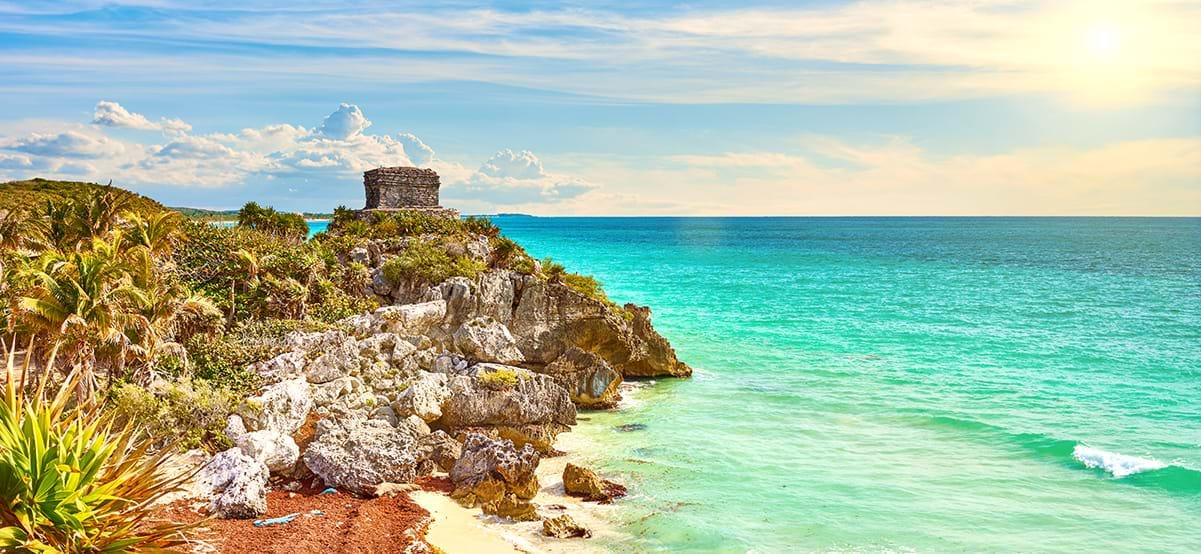
The major industries and exports of Mexico and the Philippines serve as pillars of their economies, contributing to their development, income distribution, and global trade, as depicted in the World Factbook.
For Mexico, industries like automotive, electronics, and petroleum play a significant role in driving economic growth. These industries have bolstered Mexico's standing as a major exporter of manufactured goods, particularly to the United States and Canada owing to its participation in the North American Free Trade Agreement (NAFTA). The country's exports also encompass agricultural products such as fruits, vegetables, coffee, and cotton, highlighting Mexico's diverse and influential role in global trade.
In contrast, the Philippines is renowned for its strong export performance in electronics, textiles, and garments, contributing substantially to its economic progress. With its rapidly growing Business Process Outsourcing (BPO) industry, the Philippines has become a major player in the global services trade, particularly in call centers, back-office operations, and IT services, showcasing noteworthy diversification in its export portfolio.
Income Inequality and Poverty Rates
The income inequality and poverty rates in Mexico and the Philippines reflect the complex socio-economic landscapes within their nations, highlighting the challenges and opportunities that shape the well-being of their populations.
Income inequality in Mexico and the Philippines stems from a variety of factors, including disparities in education, access to healthcare, and employment opportunities. The ongoing challenges often result in marginalized communities facing higher poverty rates, limited resources, and inadequate social support systems.
Concurrently, there are opportunities for improvement through initiatives aimed at providing equal access to education, healthcare, and economic opportunities. By addressing these fundamental issues, both countries can work towards reducing income inequality and poverty, ultimately improving the well-being of their populations and fostering a more equitable society.
Tourism and Attractions
The tourism landscapes of Mexico and the Philippines feature an array of enchanting tourist spots and attractions that captivate visitors, supported by a fruitful partnership with UNESCO and resident diplomatic missions that enhance their global appeal.
For Mexico, the UNESCO World Heritage sites like Chichen Itza, Teotihuacan, and Historic Center of Mexico City and Xochimilco offer a glimpse into the rich history and culture. The natural wonders, including the stunning beaches of Cancun and Cozumel, also attract countless tourists.
In the Philippines, the breathtaking Chocolate Hills, the mesmerizing Underground River, and the captivating Tubbataha Reefs Natural Park present an awe-inspiring experience for nature enthusiasts. The support from UNESCO underscores the significance of these sites, promoting sustainable tourism and preserving cultural heritage for future generations.
Popular Tourist Spots in the Philippines
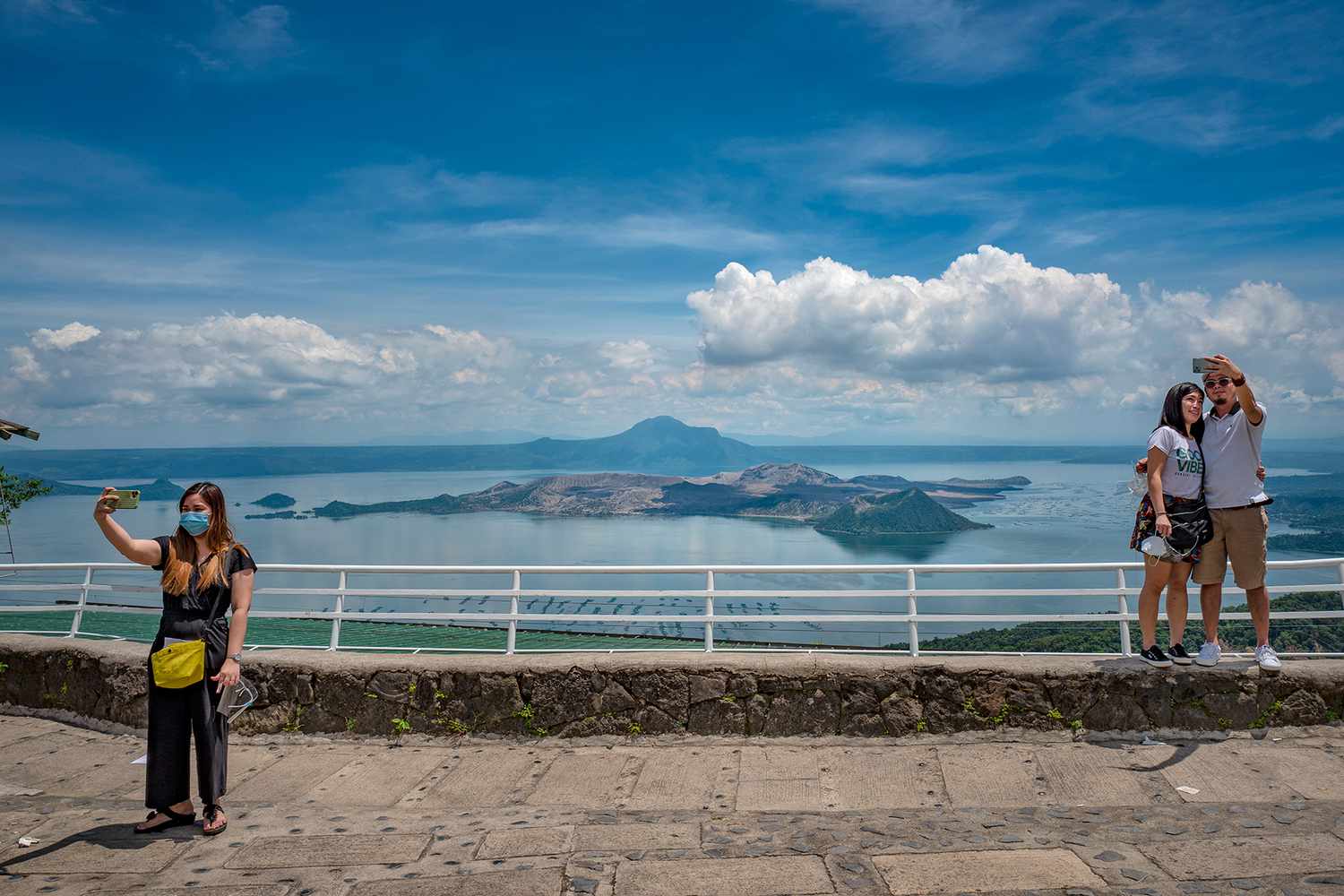
The Philippines boasts an array of popular tourist spots and attractions, ranging from pristine beaches and lush landscapes to historical landmarks and cultural marvels, drawing visitors from around the globe.
One of the most iconic attractions is the Chocolate Hills in Bohol, a geological formation of over 1,200 cone-shaped hills that turn brown during the dry season, resembling chocolate kisses.
For nature enthusiasts, the Tubbataha Reefs Natural Park, a UNESCO World Heritage site, offers unparalleled diving opportunities amidst its vibrant marine life.
The historic walled city of Intramuros in Manila provides a glimpse into the country's colonial past with its well-preserved architecture and cobblestone streets.
Popular Tourist Spots in Mexico
Mexico is home to a vibrant array of popular tourist spots and attractions, encompassing ancient ruins, lively cities, breathtaking landscapes, and cultural treasures that allure travelers with their diverse allure and historical significance.
Some of the most iconic ancient ruins in Mexico include the world-renowned Chichen Itza, a UNESCO World Heritage Site showcasing the ancient Mayan civilization, and the awe-inspiring Teotihuacan near Mexico City, featuring the majestic Pyramid of the Sun and the Pyramid of the Moon. These archaeological wonders offer visitors a glimpse into the rich history and architectural prowess of the pre-Columbian civilizations.
The country's lively cities such as Mexico City and Guadalajara are urban havens pulsating with vibrant energy, offering a blend of modern attractions and historical landmarks. Travelers can explore the eclectic neighborhoods, savor authentic cuisine, and immerse themselves in the dynamic cultural scenes that define these metropolitan hubs.
For those seeking breathtaking landscapes, Mexico boasts diverse natural wonders, including the mesmerizing Copper Canyon in Chihuahua, with its rugged terrain and scenic train rides, and the picturesque Yucatan Peninsula adorned with stunning cenotes and pristine beaches. These natural marvels provide an idyllic backdrop for outdoor adventures and eco-tourism.
Delving into the cultural treasures of Mexico unveils a wealth of experiences, from the colorful traditions of Day of the Dead celebrations to the charming colonial towns such as Queretaro and San Miguel de Allende, reflecting the country's architectural and historical heritage. Visitors can witness indigenous arts and crafts, indulge in traditional festivals, and delve into the diverse cultural tapestry that defines Mexico's allure.
Comparison of Tourism Industry and Impact
A comparison of the tourism industry and its impact in Mexico and the Philippines reveals the diverse landscapes, economic contributions, and cultural exchanges that shape their positions within the global trade commerce, fostering connections and experiences for visitors worldwide.
The tourism industry in Mexico is a major player in the country's economy, accounting for a significant portion of its GDP and providing employment opportunities for a large number of people. With its rich history, stunning beaches, and vibrant culture, Mexico offers a diverse array of attractions for tourists, ranging from ancient ruins to bustling modern cities.
On the other hand, the Philippines possesses its own unique allure, with pristine beaches, diverse ecosystems, and a hospitable and welcoming culture. It also serves as a hub for cultural exchanges, offering a fusion of indigenous traditions and contemporary influences to visitors from around the world.
Conclusion: Which Country Should You Visit?
The decision of which country to visit between Mexico and the Philippines is a nuanced one, encompassing factors such as quality life data, climate preferences, native languages, and the enduring relations shared between Mexico and the Philippines.
When considering quality life data, both Mexico and the Philippines offer unique advantages. While Mexico boasts a lower cost of living and high-quality healthcare facilities, the Philippines attracts with its friendly, hospitable communities and stunning natural landscapes. The climate preferences play a significant role, as Mexico experiences a diverse range of climates, including tropical and desert, whereas the Philippines is known for its tropical climate.
Native languages may influence the decision. In Mexico, Spanish is the predominant language, while in the Philippines, English and Filipino are widely spoken. This linguistic difference may impact one's ease of communication and cultural immersion. The enduring relations between the two nations foster cultural exchange and mutual understanding, providing enriching experiences for visitors.





